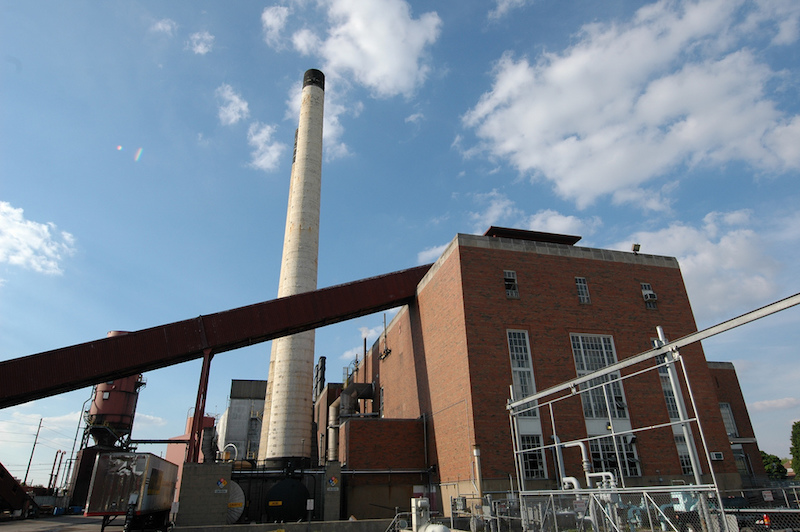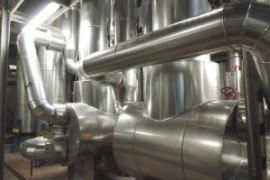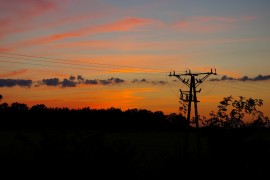
Cogeneration, which is the principle of producing electricity and heat simultaneously in the same plant or location, has many advantages for heating networks. How does it work in practice?
Cogeneration, an economical and ecological solution
Cogeneration is a technique to recover heat (gas or vapor) emitted during the production of electricity (engine, turbine or fuel cell). The heat energy is recovered via a heat exchanger and used by heating systems for the production of heating and hot water.
This means of production is a green solution (it emits less CO2 that installations “classic” separated) and economical (it requires less raw materials than separate facilities). There are thus three types of facilities:
CHP “simple” on large installations and high power, for power between 1 MWe and 250 MWe. It is intended for industries and heating systems.
The mini-CHP, the electrical power rating is between 36 and 250 kWe. It corresponds to the needs of residential and office buildings.
Micro CHP, the electrical power rating is below 36 kWe. It meets the requirements of individual homes and small buildings.
France cogeneration and heating networks
In France, there are more than 860 cogeneration facilities. They produce 6.5 GW, of which 5 GW that come from plants fired by natural gas. The majority – more than a third! – Of these are concentrated in Île-de-France, in Haute-Normandie and Rhône-Alpes. The others are distributed fairly broadly in the territory.
Today about 350 cities have cogeneration equipment. They provide over 450 district heating networks, and heat supply in 24 000 sites and more than 2 million.
Note: the large heat-intensive businesses (in the areas of chemistry or cement) are also potential customers for the heat produced. It is also not for nothing that they often have their own cogeneration or they are pooling it with other companies within an industrial area, sometimes with many other sites!
Many potential resources
CHP has a major advantage: it can use many kinds of resources. These include:
Wood. Biomass is one of the raw materials most used in France, including heating networks. This is the solution adopted by the cities of Metz (376 GWh of heating sold in 2014, the equivalent of more than 33,000 F3 type of housing supplied) or Mende Lozère. As Lorraine, biomass enables heat generation 100% local and employment-provided … to provide the means!
Gas – There are 237 district heating systems fueled by natural gas in France, for a total capacity of 1.5 GWe and an average power of 6.3 MWe. Small drawback: it is still a fairly expensive installation.
Household waste. A modern and innovative solution, which consists of using waste combustion to enable the production of thermal energy and electrical energy. It still requires large amounts of organic waste not recycled through composting.
Straw – The original idea was for example set up in 2013 in the fifth largest city in Hungary, Pecs (150 000).
It provides 20% of all Hungarian renewable energy. The plant had already moved once in 2004, when it was changed from coal to natural gas fuel and wood chips. In France, the idea is tested on a smaller scale in Troyes – where straw (3.3 MW) is valued in the company of wood (4.5 MW). It thus consumes 5,700 tons of straw per year.
A paradoxical situation
If CHP works well – whether in economic or ecological terms – the situation is no less paradoxical. Electricity generation through cogeneration and not accounted for 4% of total electricity production in France in 2006, when it was above 50% in Denmark. But, particularly in regard to heating networks, the idea is gaining ground, as evidenced by the recent implementation cogeneration plant service in France.
Image source: Flickr (stantontcady)







